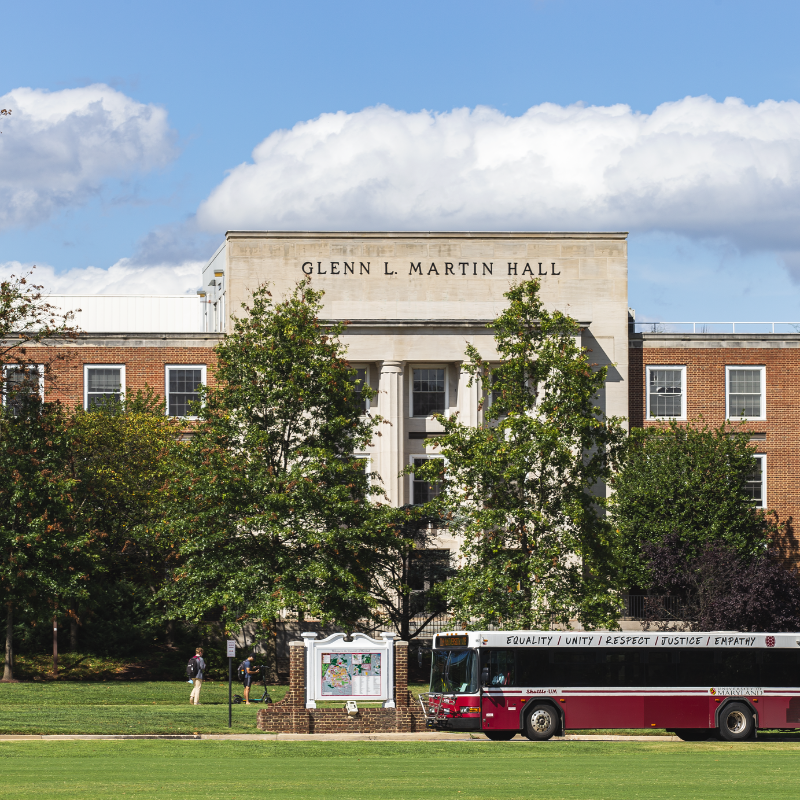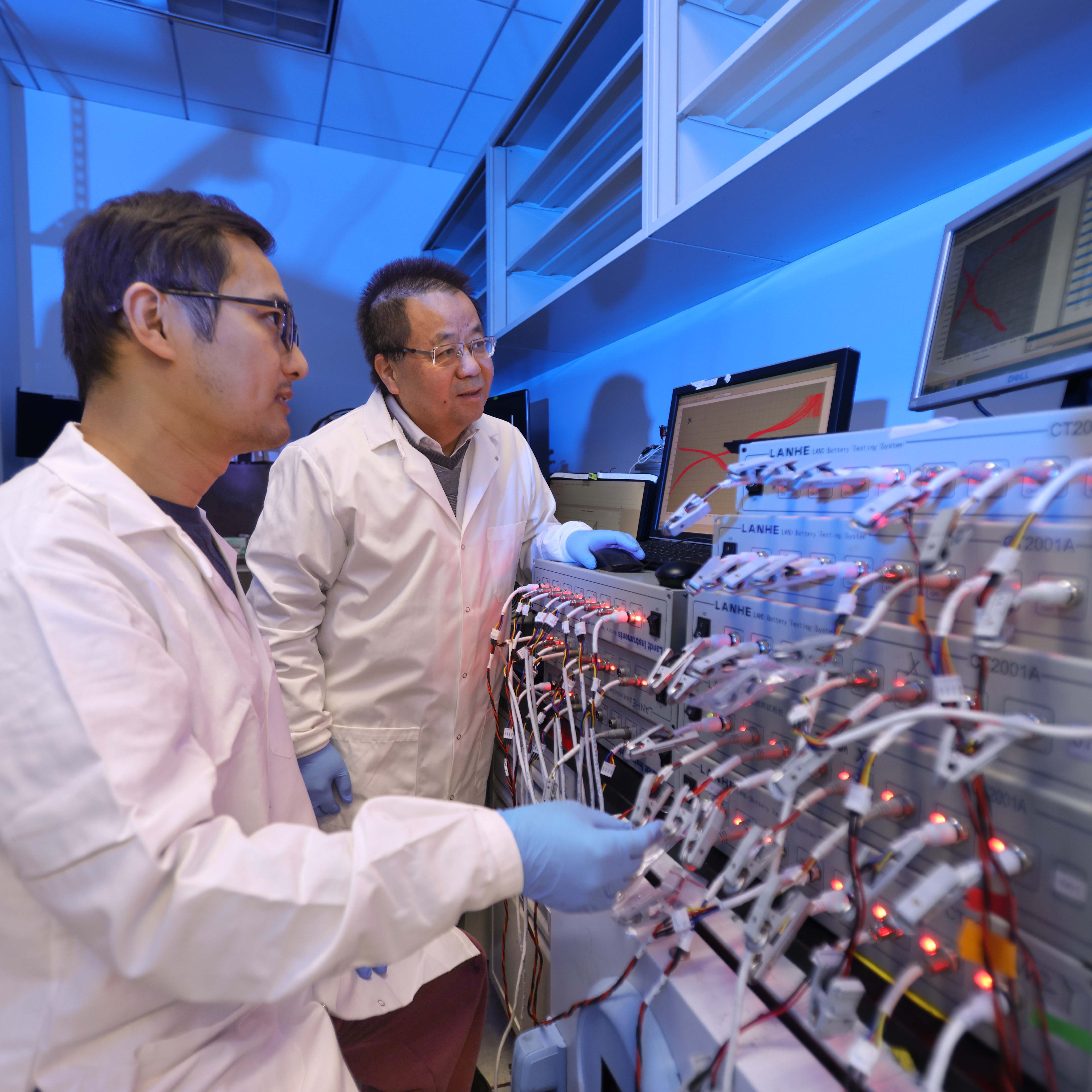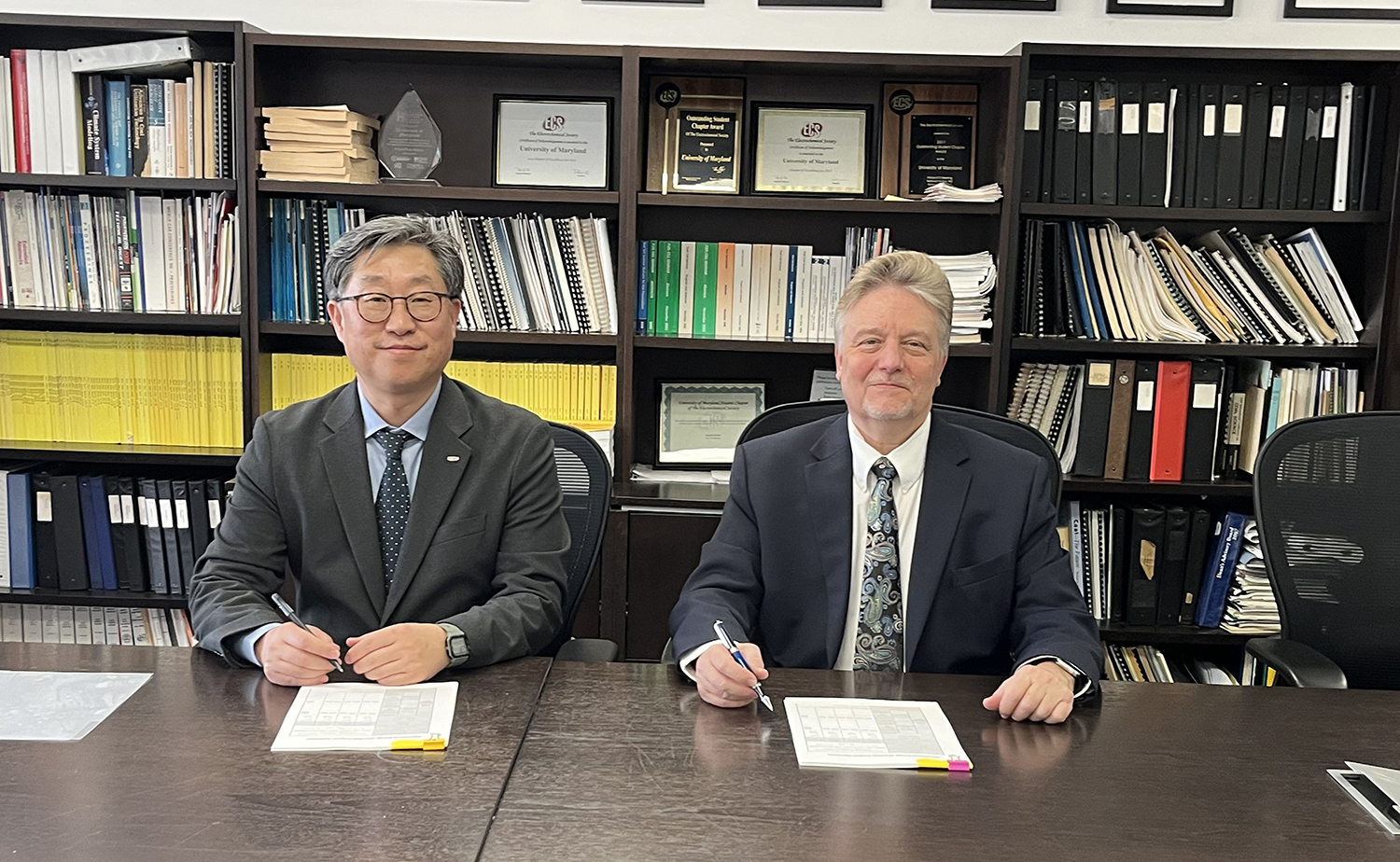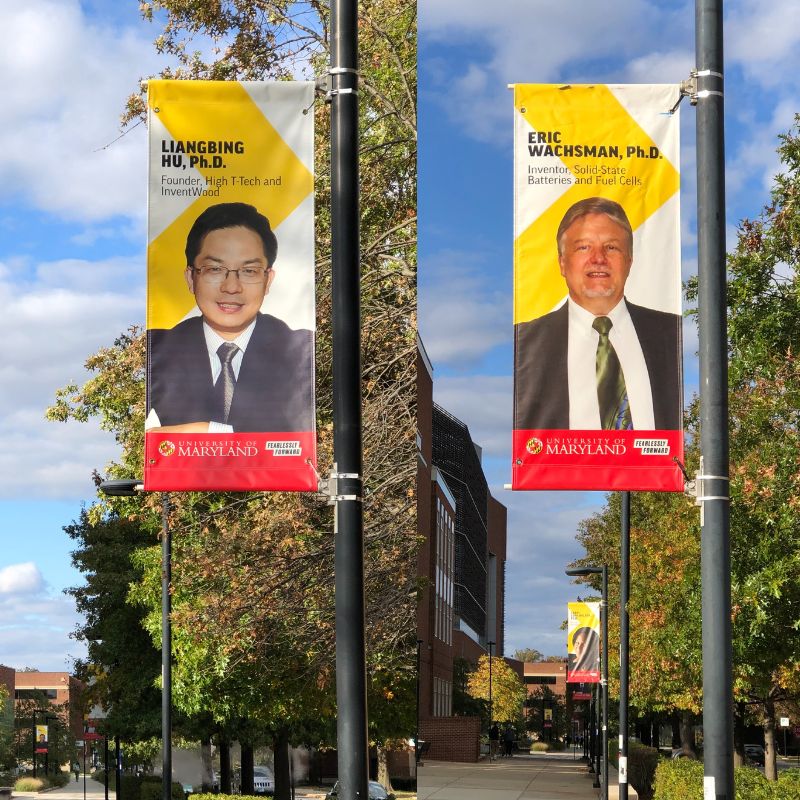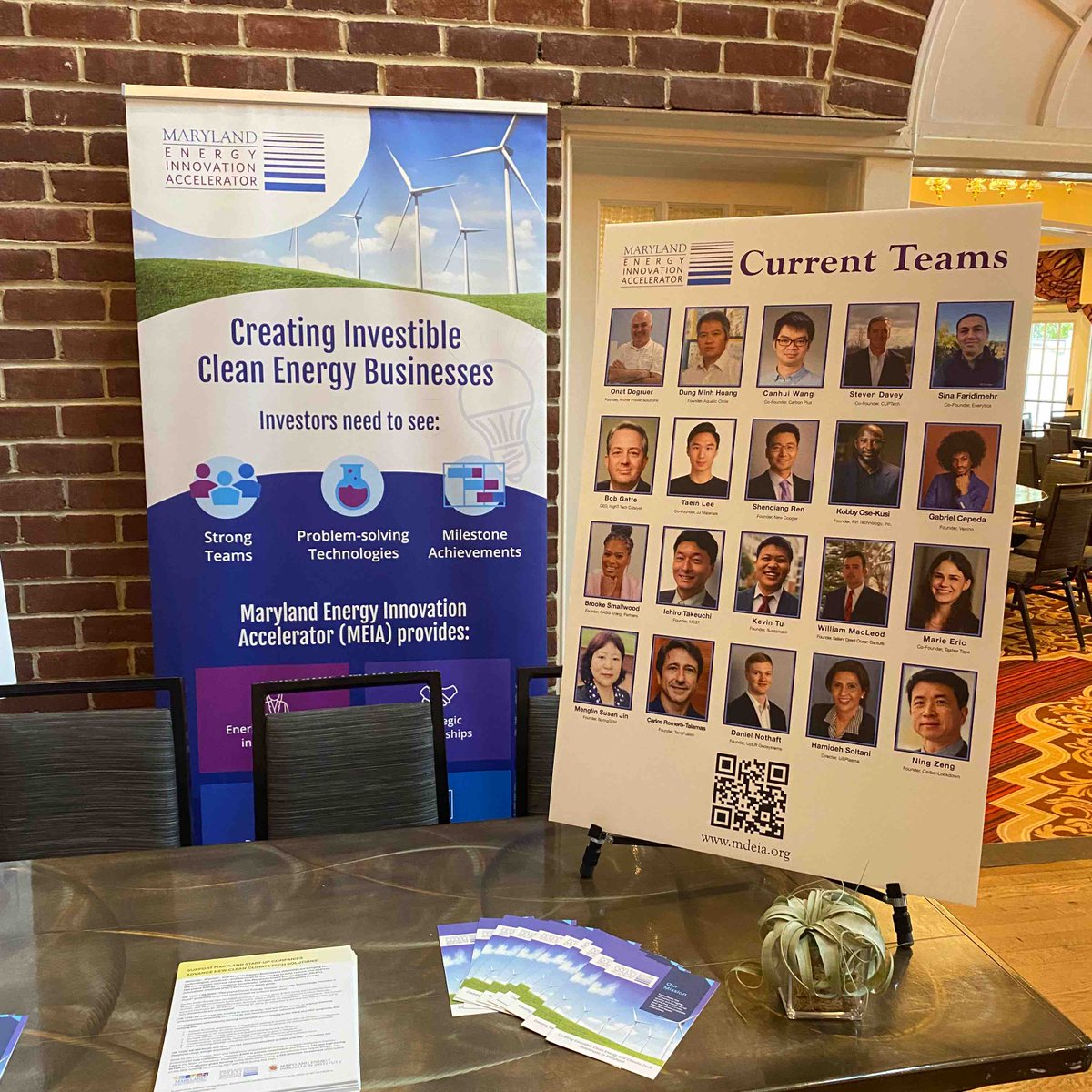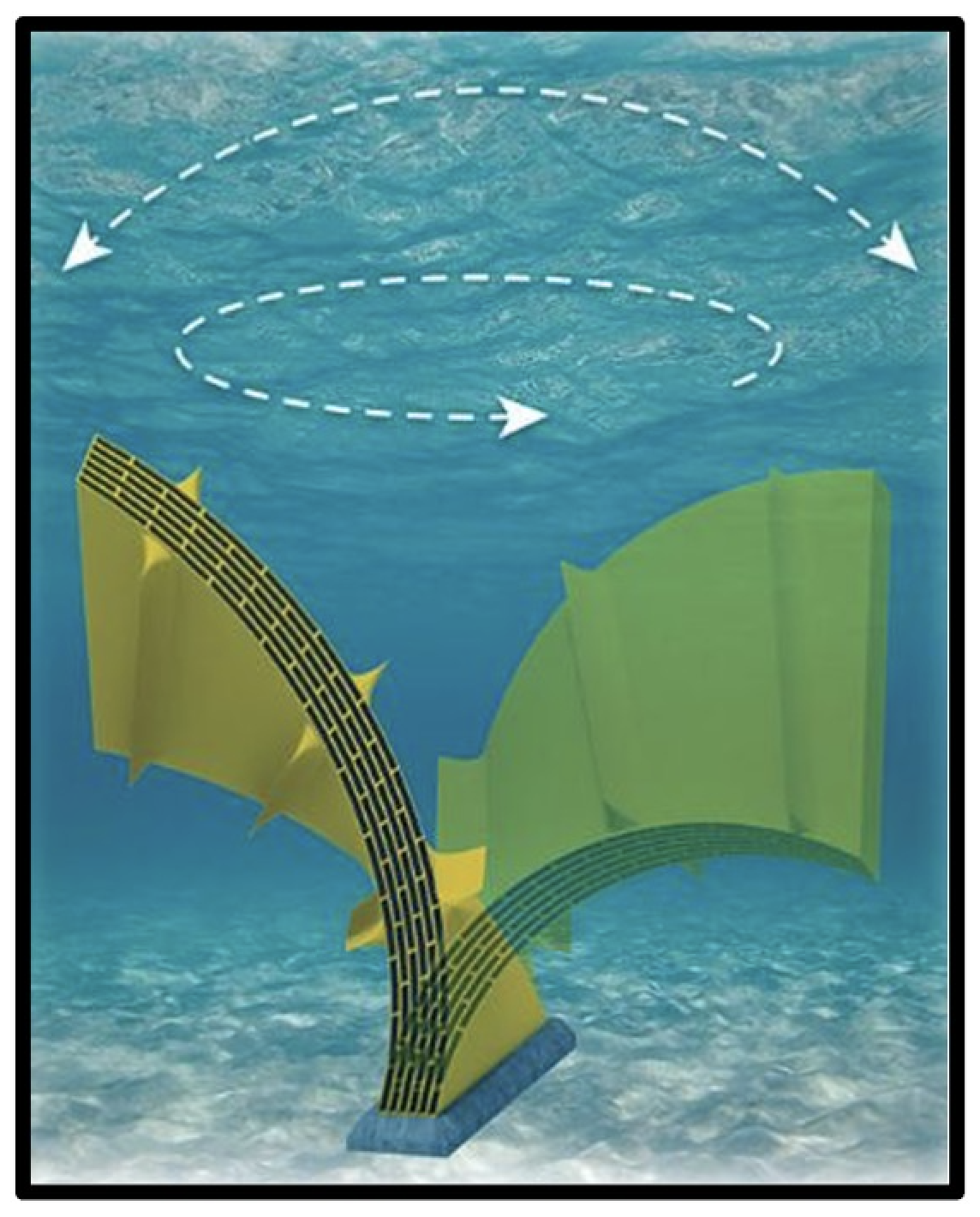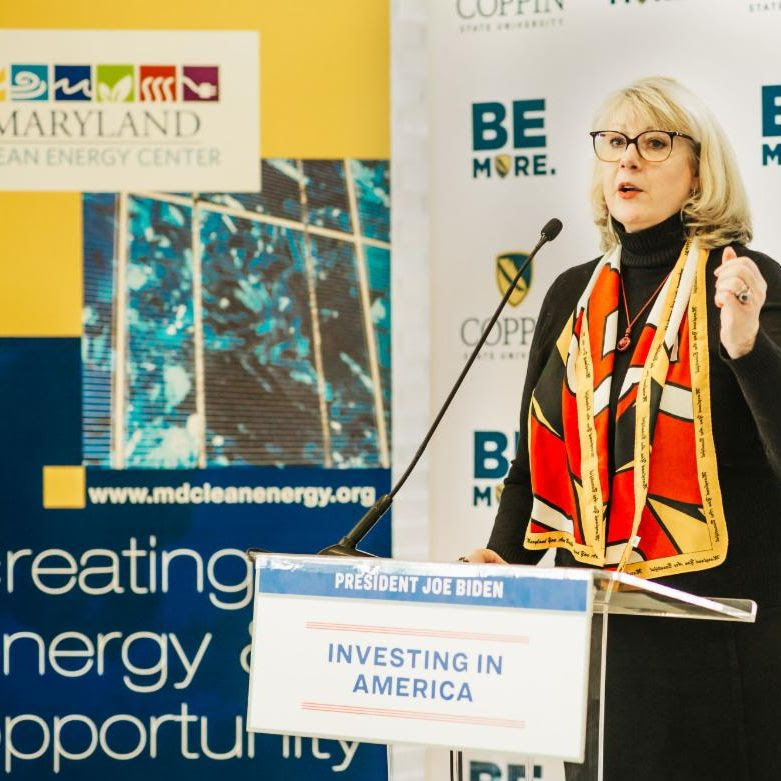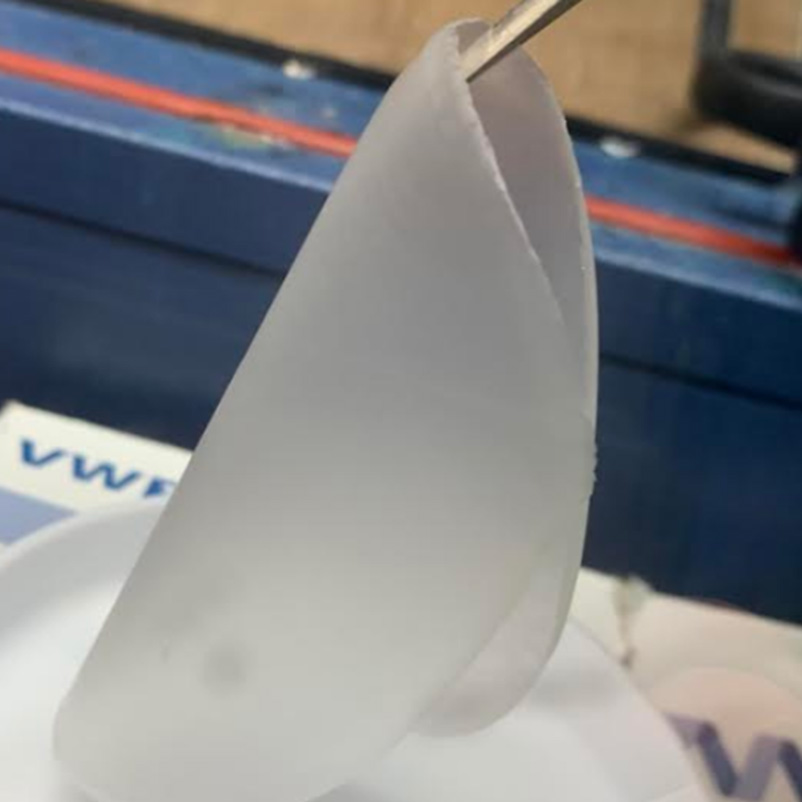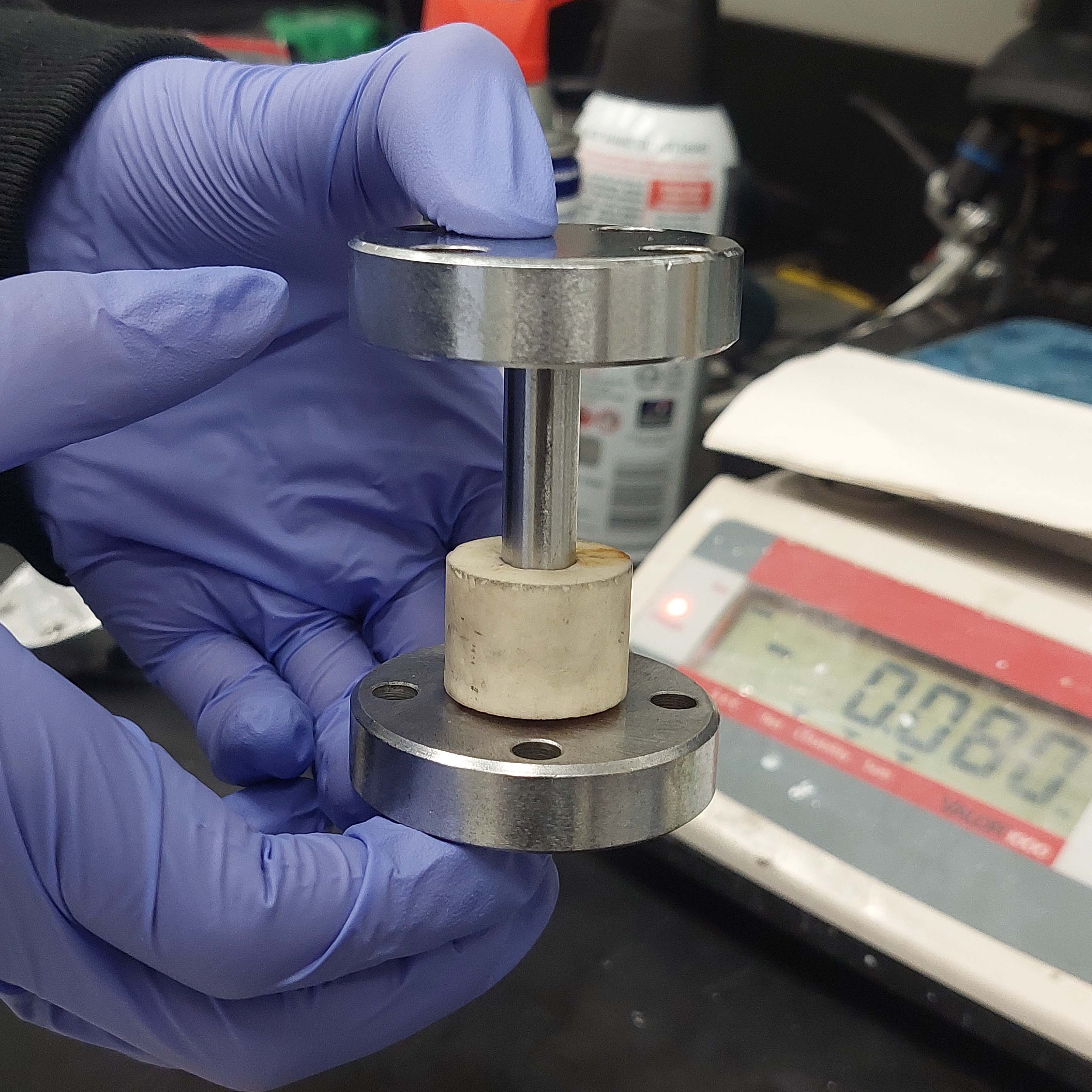News Story
Günther Scherer: Electrochemical Energy Devices to a Sustainable Mobility
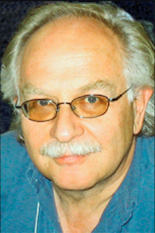
Conventional fuel cells are great at providing sustained energy, but cannot deliver the levels of power sometimes required of automobiles. Capacitors, on the other than, can provide brief bursts of power, suitable to most acceleration demands. Scherer’s philosophy is to address the three main challenges of fuel cell vehicles in parallel: materials, cells, and systems.
He showed that the number of passenger miles traveled is directly correlated to the prosperity of a nation, but he then reminded the audience that global warming and peak oil may limit countries from living into this rise in mobility in the upcoming decades. Roughly a third of energy use is in transport, and with the advent of low cost cars in highly populous nations, such as the Tata Nano, to be launched in March, the necessity of a sustainable transportation solution is becoming more urgent.
Through the “HY-Power” collaboration with Volkswagen, Scherer;s group helped to develop a demonstration fuel cell vehicle, which was able to cross a high-altitude Simplon pass in the Swiss winter. A tank-to-wheel efficiency of 40% was demonstrated for their hygrogen-air fuel cell, as opposed to maximum values of 27% for diesel engines, or 23% for gasoline. The car also demonstrated 15% energy savings through braking recuperation, similar to today’s hybrid vehicles. A further collaboration with Michelin led to the creation of the “HY-Light” vehicle, a lightweight fuel cell vehicle focused on improving efficiency further. By using a hydrogen-oxygen fuel cell, Scherer’s team was able to greatly simplify the design. Oxygen, as opposed to air, removes the need for a compressor, reduces humidification problems, and leads to much greater efficiency. This vehicle was able to achieve a 60% tank-to-wheel efficiency, equivalent to a very impressive 110 miles per gallon of gasoline.
Going forward, Scherer is working with the original developer of the compact Smart car to create an integrated energy concept, that looks at the entire transportation system, from using photovoltaics to generate electricity, electrolysis to generate hydrogen, and the combination of a battery and fuel cell system in a car to take advantage of this new clean fuel
Dr. Scherer took several questions from the audience including a general question on what are the materials issues holding fuel cell and battery technology down. The cost and durability of the fuel cells themselves is still a limiting factor; turning them on and off repeatedly induces significant wear, and cold winter starts are a challenge. The audience also expressed concerns over competition with purely electric vehicles. Scherer was confident that fuel cell vehicles could offer greater range and quicker fill ups than an all electric vehicle, which may take the same amount of time to charge as was spent driving them on the previous charge. Scherer came across as confident that a hybrid fuel cell approach would be an effective solution to the problems of sustainable mobility, but one that is still some ways off.
Published February 26, 2009
